
My Menstrual Diary
Medical and Health & Fitness
App
###### Over one million downloaded worldwide ! ###### A very simple and easy to use app. to monitor...
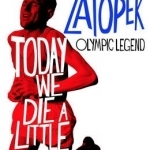
Today We Die a Little: The Rise and Fall of Emil Zatopek, Olympic Legend
Book
LONGLISTED FOR THE WILLIAM HILL SPORTS BOOK OF THE YEAR AWARD. The definitive biography of one of...

We Served With Honor: Memoirs of the Men Who Served the 91st Strategic Reconnaissance Wing
Linda Rios Bromley, James F. Bard and Frank T. Hayes
Book
The 91st Bombardment Group, the forerunner of the 91st Strategic Reconnaissance Wing, arrived in...
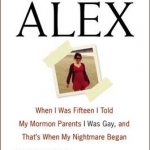
Saving Alex: When I Was Fifteen I Told My Mormon Parents I Was Gay, and That's When My Nightmare Began
Book
When Alex Cooper was fifteen years old, life was pretty ordinary in her sleepy suburban town and...
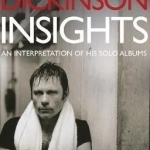
Bruce Dickinson: Insights: An Interpretation of His Solo Albums
Book
Bruce Dickinson, best known as the lead vocalist of Iron Maiden, seems to have unbounded energy,...
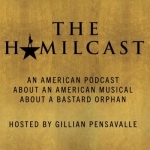
The Hamilcast: A Hamilton Podcast
Podcast
In this American podcast about an American musical about a bastard orphan, I (your host Gillian...
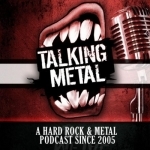
Talking Metal
Podcast
Hosts Mark Strigl and John Ostronomy, talk and play METAL with special guests, headbangers, and...

101 Hangover Recipes: Beat the Booze with These Tasty Recipes for Morning-After Munchies
Book
Give your hangover the boot with 100 recipes for breakfast hunger-busters, healthy smoothies, hair...
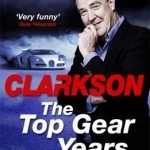
The Top Gear Years
Book
The Top Gear Years brings together Jeremy Clarkson's collected magazine columns for the first time....

Wild Berries and Herbs 2 PRO - The Field Guide by NATURE MOBILE
Reference and Book
App
The ultimate FIELD GUIDE to Wild Berries, Fruits and Herbs of Europe and North America, all in the...